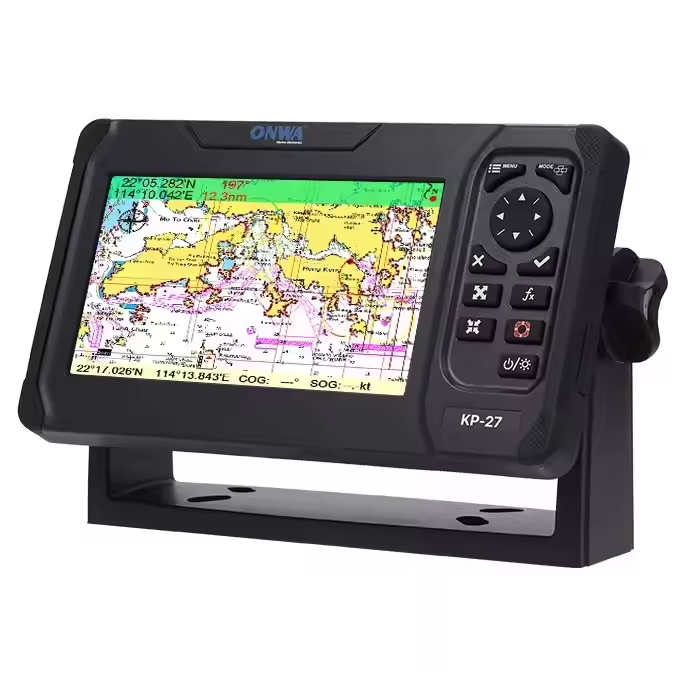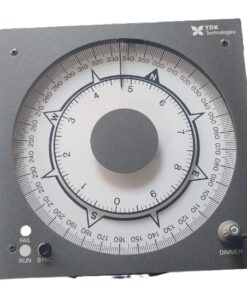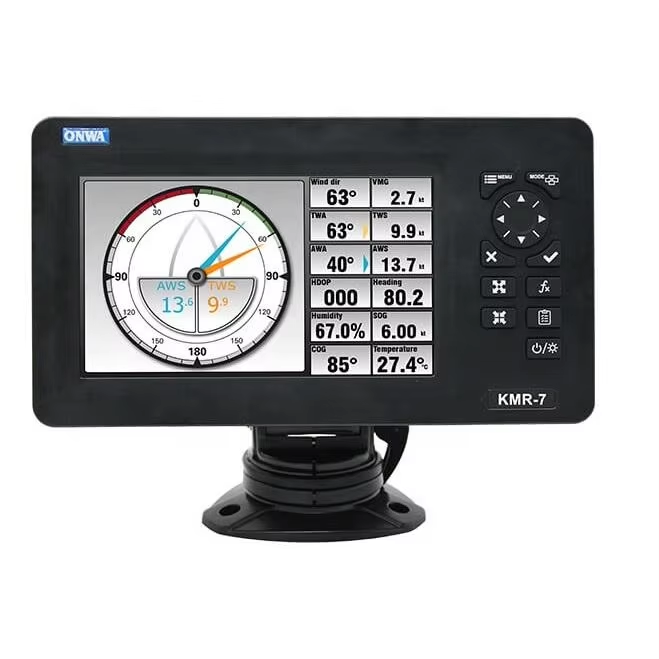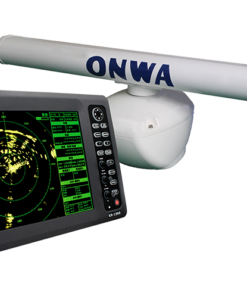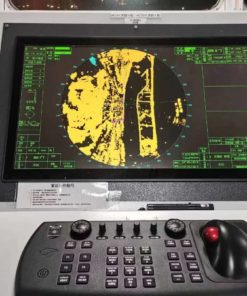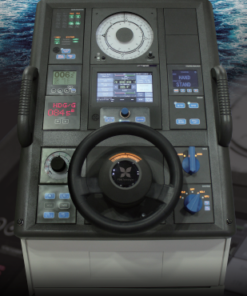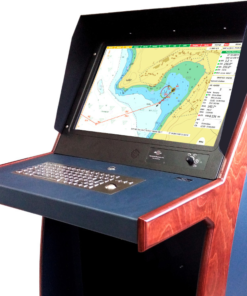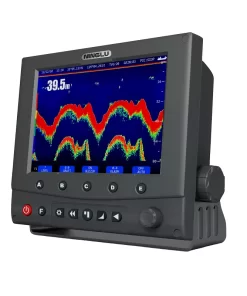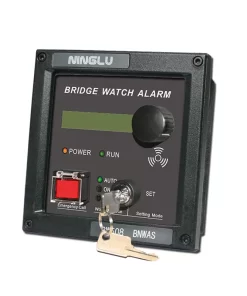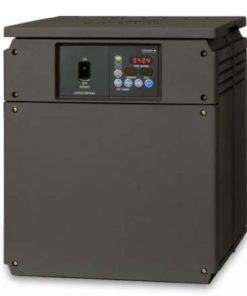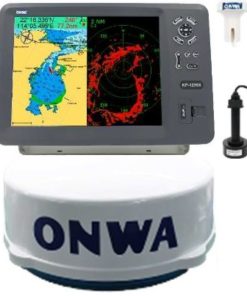Steering system
A Steering system is a mechanism used to control the direction of a vessel, allowing it to navigate through water. The steering system enables the captain or helmsman to steer the vessel by adjusting the direction of the rudder(s) or propulsion units. There are several types of Steering systems, including:
Manual steering systems, where the helmsman directly operates a steering wheel, tiller, or lever connected to the rudder(s).
Hydraulic steering systems, which use hydraulic fluid to transmit steering force from the helm to the rudder(s) or propulsion units, offering smoother and more responsive steering.
Electric steering systems, which utilize electric motors and actuators to control the movement of the rudder(s) or propulsion units, often integrated with electronic navigation systems for enhanced automation.
Mechanical steering systems, where mechanical linkages transmit steering inputs from the helm to the rudder(s) or propulsion units, commonly found in smaller vessels or as backup systems on larger vessels.


